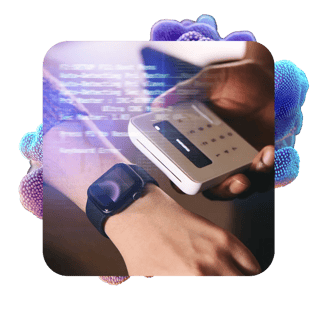Building Intelligent, Personalized Experiences for Customers
Discover Our Services![]()
![]()
![]()
We empower businesses to build stronger customer connections through smarter, AI-driven marketing and seamless omnichannel experiences. We deliver solutions that drive engagement, consistency, and growth.
Improvement
Campaign Efficiency
Increase
Customer Engagement
Increase
Loyalty Program Redemption

Digital transformation succeeds when business vision and IT strategy move together, powered by intelligence, not just technology.
Common obstacles include:
For over 20 years, we’ve collaborated with visionary brands crafting tailored solutions and utilizing data-driven insights to fuel expansion and drive revenue growth.













"Our traffic and search engine rankings picked up once we installed the Clean 5 template. For the very few challenges we had to overcome, Kevin has been very responsive and helpful. I highly recommend this template. Kevin obviously cares about his craft and it shows."
Kent Campbell
reputationx.com